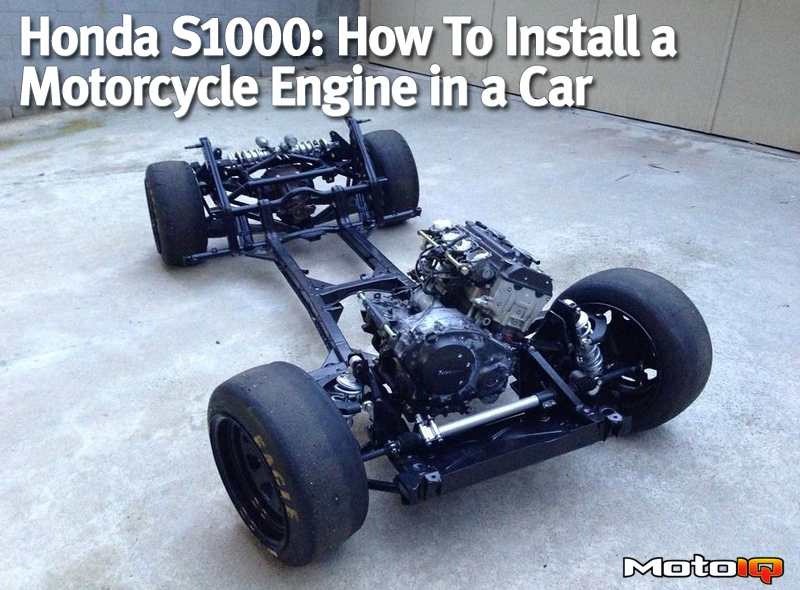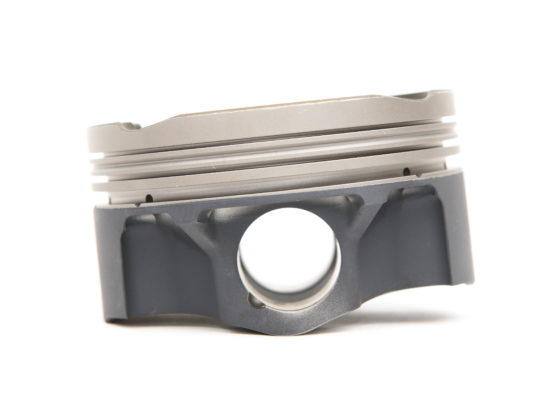,
Now that we’ve finished the first super simple step, we need to do the second simple step, which is to:
Connect the motorcycle output to the driveline
There are a few ways to do this, but most fall into one of two categories.
The first is to put a sprocket on your rear axle and run a chain back to it. You can do this the simple way with a solid rear axle, like a go-kart (I believe mini sprint cars do this too). Solid axle is easy, but if you’re trying to run a differential, you’ll have to do a diff carrier with a chain attached. This approach takes either, 1) a lot of fabrication and a lot of money, or 2) just a buttload of money. Like, several thousand money. Quaife makes a whole assembly that includes reverse and costs more than it would for me to just buy one motorcycle engine for each wheel. This N600 is a cool build with that setup. You can also save money and fabricate your own diff carrier. There are some good Locost designs like this thread and associated links which will be useful for the DIY crowd. If I was doing a project where the engine was in the back (or front with FWD), I would consider this approach, but it doesn’t work with the front engine, rear drive layout, and involves way more fabrication (or money) than was planned for this car.

If you have space, you could put the engine in the back and mount the output directly to the differential. I’ve seen this on a couple Locost cars, and if simple is better, then zero driveshafts are better than one driveshaft. I suppose you could also bolt a sprocket to the differential, and have the engine mounted so the plane of the engine sprocket is in plane with the bolted-on diff sprocket and then attach them with a chain. Does that explanation make sense? If not, don’t worry, because it’s probably not the best solution.
The second category, and the solution used for the Honda, is the fairly straightforward “use a driveshaft” approach.
Attach the output shaft to the driveshaft
You can buy an adapter that will allow you to bolt a U-Joint or CV Joint to your motorcycle output shaft. It just replaces the sprocket and has a bolt pattern on one side that matches whatever CV/U Joint is specified. The one for this project was made by welding a sprocket to a carefully machined adapter plate, mostly because this was a somewhat unusual combination of engine and driveshaft, but mostly because I am cheap.

Adjust driveshaft length appropriately
Chances are pretty good that your driveshaft won’t be the appropriate length anymore, and you’ll need to lengthen/shorten it to make it attach to your new sprocket-replacement-adapter-thing. There are probably a couple places near you that can do this for a reasonable fee and also rebalance your new driveshaft when finished.

Although, now that I think about it, we’ve taken out an engine that makes less than fifty horsepower and installed an engine that makes almost two hundred horsepower, so chances are good that the driveshaft is not designed to withstand the torque we are about to put into it. We might want to just have a new driveshaft made that is designed appropriately. Also, now that I think about it further, none of the drivetrain is designed for the intended power output, so…
Possibly replace driveshaft, diff, half-shafts, and hubs to account for increased power
Alright, so chances are pretty good that you’re going to have to upgrade everything between the engine and the tires, and probably also the tires.
The good thing about this setup is that there are a ton of junkyard solutions that are totally adequate and can be adapted with some fabrication and mechanical intuition. Stock Miata brakes are high-performance race brakes for a 1400 pound car. An easy and cheap solution is to get a Miata driveshaft and differential, Miata half shafts and joints, Miata uprights and hubs, and f*ck it, let’s just put the motorcycle engine in a Miata.
No, no, too far. But that $6000 Quaife thing is looking more appealing given that you have to redesign the whole drivetrain, no? No, because we don’t solve our problems by throwing money at them because we are adults and also because we don’t have that much money.

If you can manage the fabrication needed to appropriately adapt different uprights to your suspension, it may be in your best interest to find a donor vehicle and use everything from the driveshaft to the wheels. This is kind of the approach that I took. The driveshaft and differential are from a BMW E36, and the half-shafts, hubs, and uprights are from a NA Miata. There are a few reasons for this: the BMW has the gear ratio needed and available limited slip, I planned on using the Miata brakes and suspension anyway, and a few of these parts were already lying around in the garage.

I should note that the BMW limited slip did not work well in terms of its ability to limit slip, probably because you can’t just throw an LSD from a 3200 pound car into a 1400 pound car with radically different suspension and expect it to work, which kind of makes sense in retrospect. It’s also way too heavy for the car; it’s something like 80 pounds, which is kind of dumb on a car whose engine and transmission together don’t even weigh twice that. I ended up welding up an open diff, which is both a great idea and a terrible idea for reasons that I’ll leave to you to research.
The diff and the CV joints didn’t have the same bolt pattern. I designed a ¼” adapter plate and had both bolt patterns waterjet out with the bolt holes slightly undersized, countersunk the holes on one side, and welded in flat head bolts on that side. So I ended up with this plate that had four studs sticking out one side and five holes on concentric circles, and installed it between the diff output and the half shafts. So far, it has worked great. Waterjet was nice for this because I wanted some accuracy, and it’s cheaper than machining.
Add a driveshaft loop
It just seems like a reasonable bit of added safety given the fact that this project is an ill-advised homemade mess of insane ideas. If you are dumb enough to do this, you are probably dumb enough to have made a mistake or two. Also, add a fire extinguisher.




14 comments
Hi…This article is probable the most interesting thing a have read in a very very long time. I have done a few building projects and something like this one you have done really interest me. I will do more research and get things going. Thanks for sharing your project….
Thanks for the support!
Do you have any videos of this running?
What do you think of mounting an R1 engine trans and rear wheel with swing arm behind the passenger seat in a 1st generation Insight. Bike tank up front. Other than a side scoop and engine mounts, drive line modification was a 66 tooth rear sprocket instead of 44. Running weight is 1420#, 150 hp, 95 mph top speed at 12k and 12.8 quarter mile at 95. $1200 total spent. 350 car. 450 bike, 85 battery, 80 car tire on bike rim. Hoses, cable, extending length of dash wiring, exhaust extension pipe, etc. super easy build. Took as long to strip original car of interior and driveline.
I’ve been searching for a simple way to install a bike engine directly to the front wheel drive of my Honda Insight but like your idea. Would like to know more.
Hey I’m building a 07 cbr1000 crosskart and I was wondering how did you do the throttle system
What’s the acceleration from 0-60 like?
You mentioned possibly using a Goldwing as a donor because it offers a built in reverse. Honda bikes with drive shafts rotate the final drive in the opposite direction of conventional automotive drivetrains. You could end up with 5 speeds reverse and one forward.
Full disclosure, I walked into this trap with my Locost, I “solved”it by flipping my differential over. I am running 150 hp through a differential designed for 80 hp, backwards. This was humbling, please don’t laugh.
DUDE, Thanks for the insanity!!!!
How do you set up the gear linkage when the bike motor is mounted transversely? There’s a 90° turn to deal with. Is it best to use two pull cables?
i am currently doing a similar project for my university degree which i need to design and make a shifter and for a race car with a motorbike engine in it (GSXR 1000) and was wondering if anyone had a idea of what would be the easiest and quickest way of going about it. if anyone was any suggestions please share as with the time i have to complete this is very short and help would be appreciated thank you
If you have to ask this question you probably should not do this sort of project to earn your degree. It is a very general question that is impossible to answer without writing a book.
How you combine the gearation from the bike engine with the car gearbox????the bike 6 speed the car 5 in wich gear must the bike engine be to proforma perfectly.
Hi I’m putting 06 cbr1000rr in car with drive shaft adapter I noticed you have an adapter that extends past the hydraulic clutch. Is there any way I can buy one or get a drawing of it to have one made.
Thanks